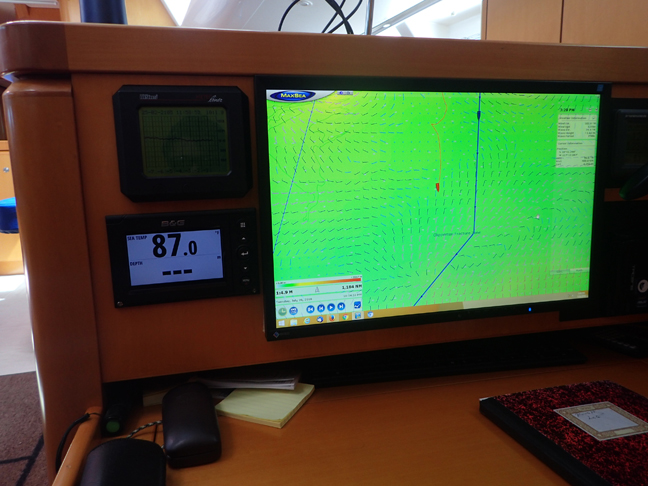
Save the oceans, save the world. It’s a message that could easily roll by on your Twitter feed. Simple really, a universal truth that has a gospel ring to it. I suppose all it needs is an image of our dying oceans to entice a second look. Yet, while a flyby tweet may get your attention, it takes a more thoughtful read to understand the complexity of climate change.
I found one such read in this month’s issue of The Monthly, an essay by James Bradley called The End of the Oceans. You could pack over 300 tweets inside this 7,692-word essay, but stick with it until the end, and I’m sure you’ll agree that we must act while we still have the chance.
Many of you know that I have a deep love and appreciation of the ocean, so I can’t image not fighting for its health. As a boy, I grew up by the ocean, forming a special bond as I surfed, sailed, snorkeled, and scuba dived in its waters. That connection grew deeper in my 40s when I took a 3½-year sabbatical to sail around the world on the Firebird journey. It was an incredible time of steady currents, plentiful fish and bright, colorful coral reefs.
Some 40 years later, in 2016, I set out on the Double X journey to return to some of the ports I visited during the Firebird journey. I was curious about how things had changed and eager to report back (thus the beginning of this blog). The fish, especially the large fish, were scarce, much of the coral reefs were bleached or non-existent, and water temperatures were hitting all time highs. (I have written about the devastating changes I observed in previous posts.)
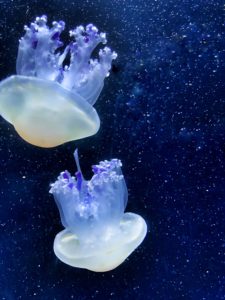
This image could have inspired the words of science writer and philosopher Loren Eisely: “If there is magic on this planet, it is contained in water.”
Our climate is changing, and the time to do something about it is now, before it is out of our control.
I encourage you to learn as much as you can about climate change. (I added Bradley’s powerful essay to my list of recommended reading in the Learn More section of this website.) But most importantly, I hope you will find changes in your daily life to cut down your own carbon footprint.
I’d love to get your input and start a conversation going. Together, we can make a difference, but it all starts with becoming more aware of the magnitude of the problem.
So that’s what I want to do. I want to challenge you to read Bradley’s essay. Share it. Talk about it. And, if possible, drop me a note (or comment below) and let me know what you think. Even better, how you plan to take action.
Knowledge is power, and we can use it wisely to tread lighter on our beautiful planet. It will not only save the oceans, but save the world.
We are definitely all in this together.
With love,

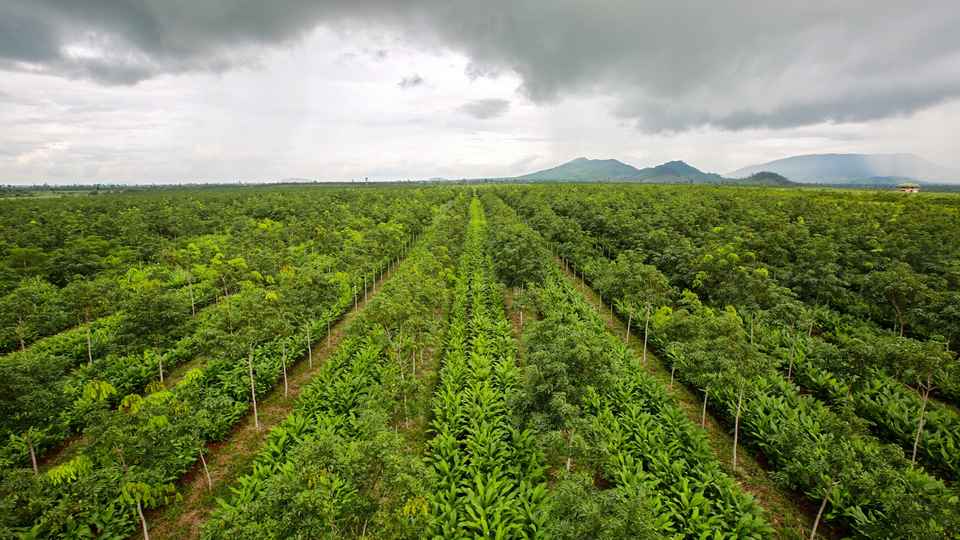
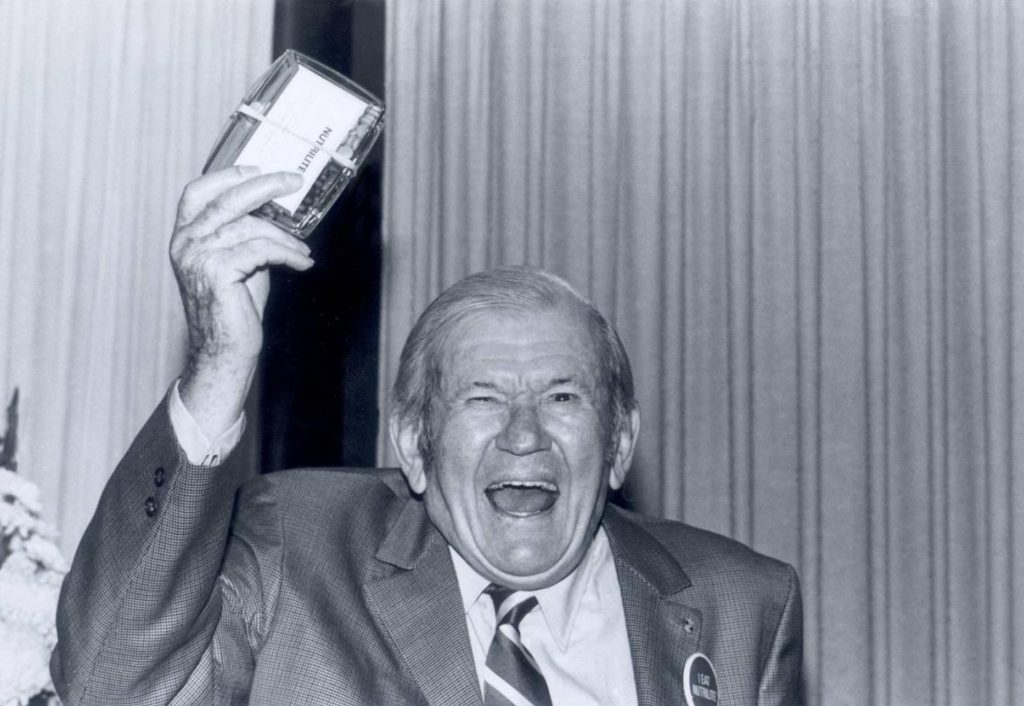
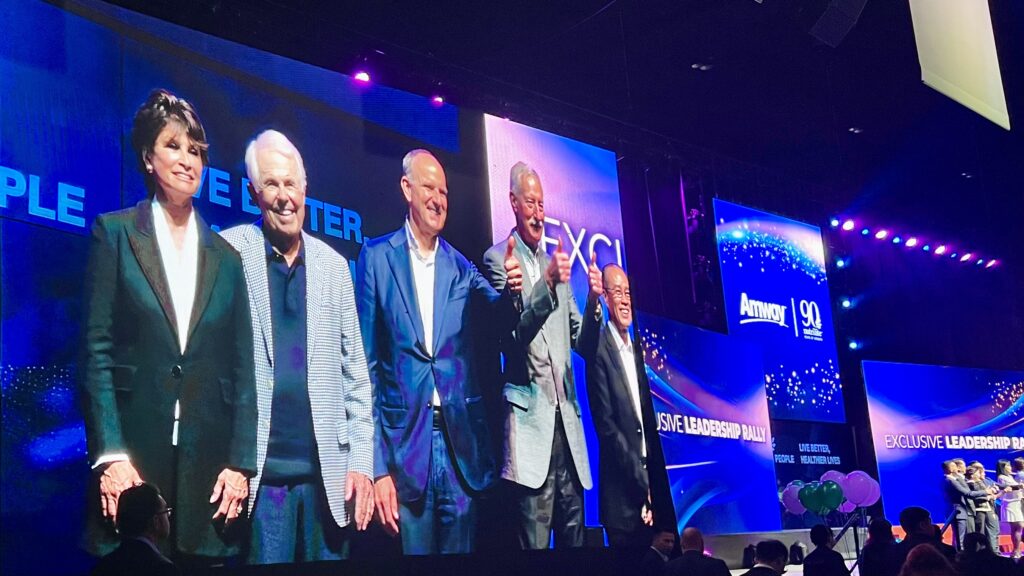
One Response
I took the time to read Bradley’s essay, wow, it is scary and devastating to know and hear from the experts of what is truly going on. However, I need a game plan of what I can do, how I can help effect the change. This article certainly opened my eyes. I was already aware, but not as I am now. Thank you for sharing.